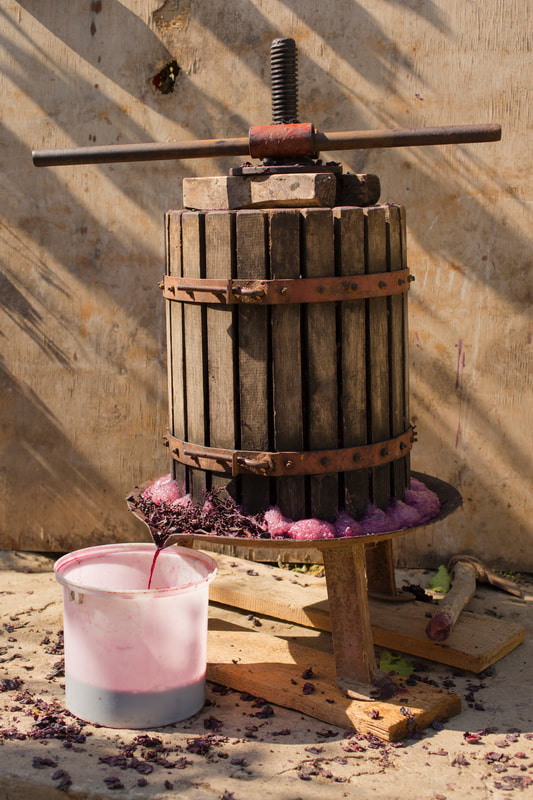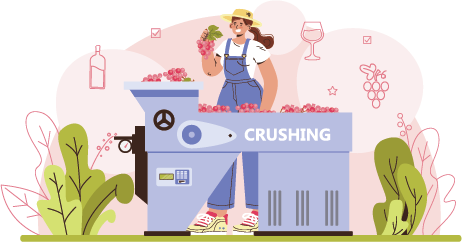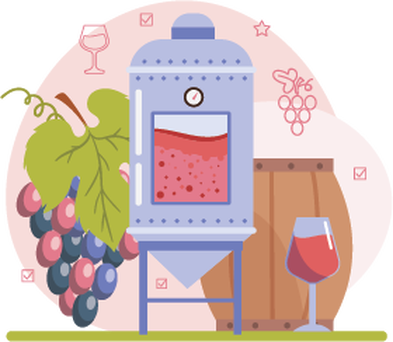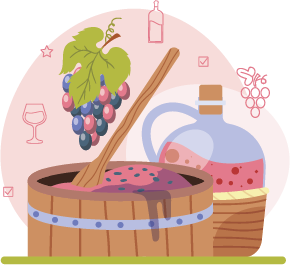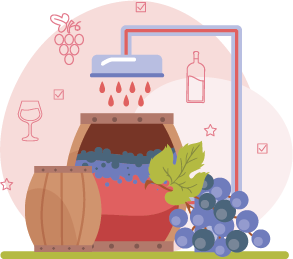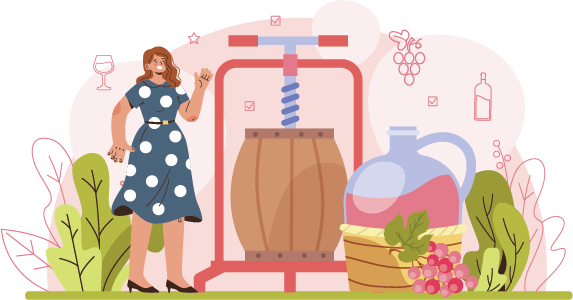A Guide to:
Wine Prefermentation Processes
By: Brent Nakano
After the grapes are picked and transported to the winery, the process begins.
Great insight for this article was obtained from our favorite book on wine:
Wine Science by Ronald Jackson available at www.elsevier.com/books/wine-science/jackson/978-0-12-816118-0
Great insight for this article was obtained from our favorite book on wine:
Wine Science by Ronald Jackson available at www.elsevier.com/books/wine-science/jackson/978-0-12-816118-0

